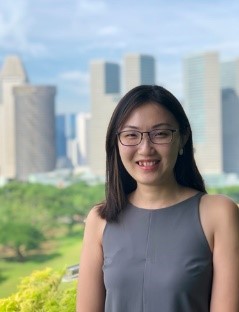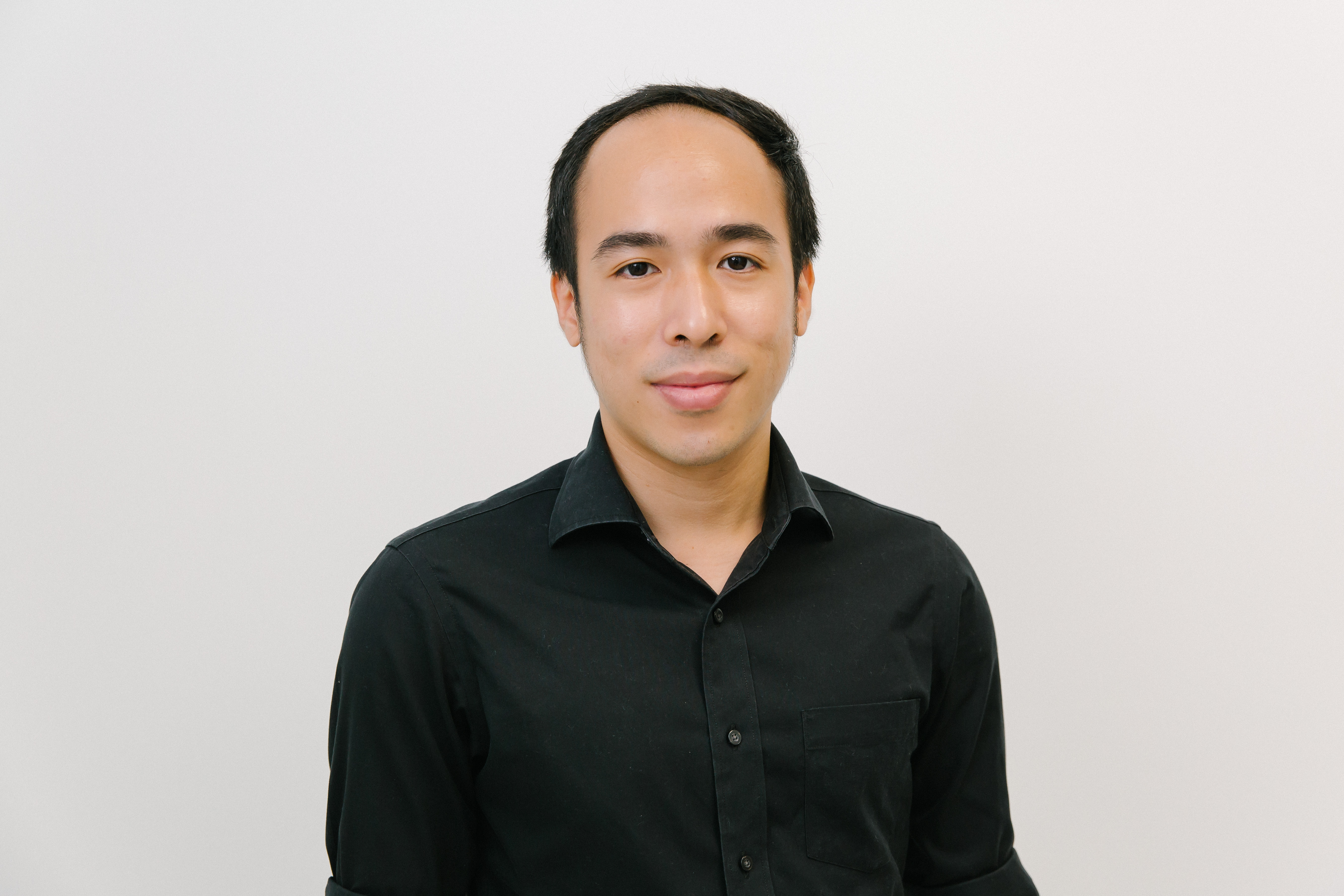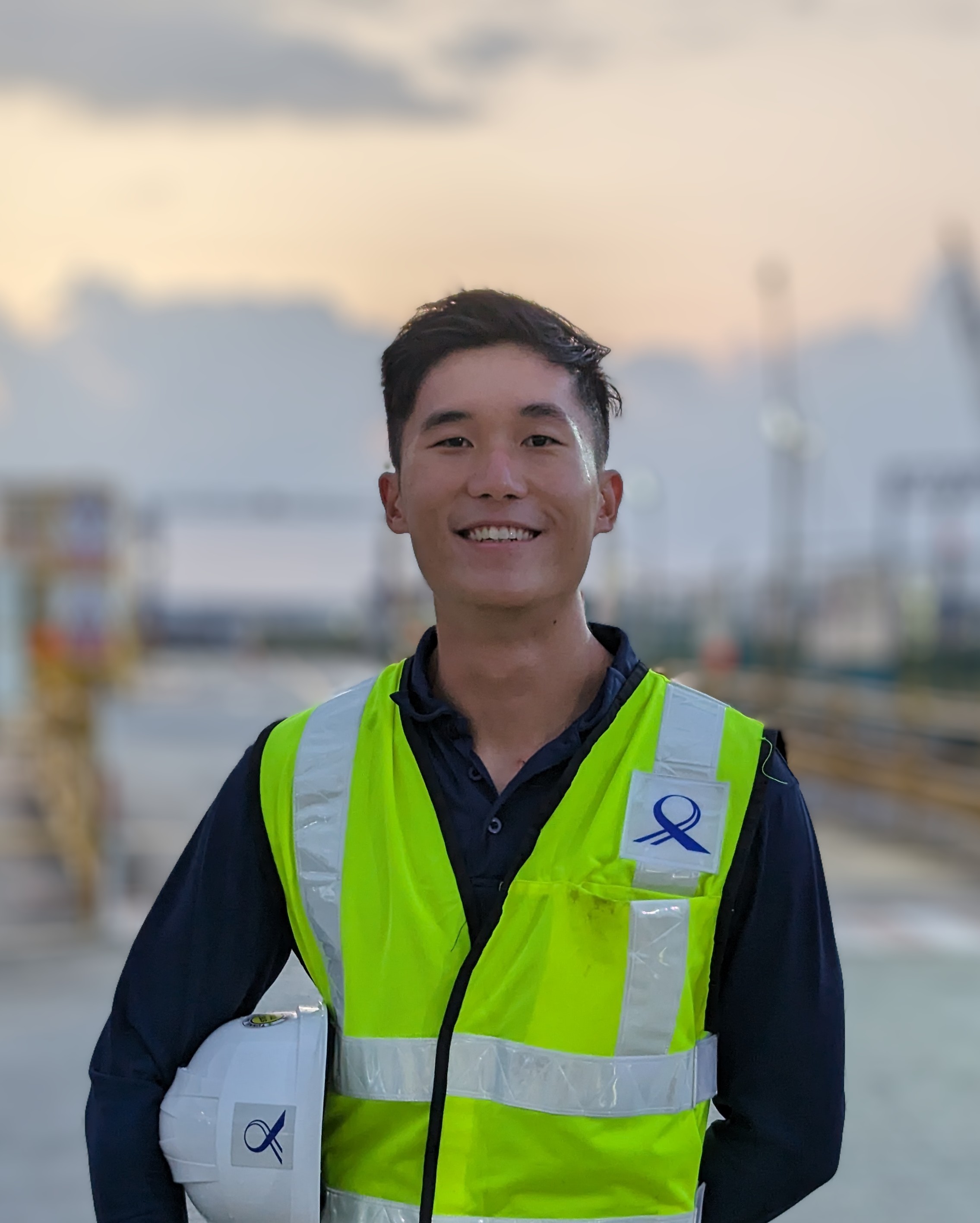Event details
THE HULME PRIZE PAPER COMPETITION 2023
Thursday, 21
September 2023 6:30 pm
Room 701, Level 7, NTUC Centre, 1
Marina Boulevard, Singapore 018989
BACKGROUND OF TUCSS HULME PRIZE
The Hulme Prize was set up by TUCSS in 1999 in honour of the late Mr. Terry Hulme, for his outstanding contribution to TUCSS and Tunnelling in Singapore. It is an annual competition for the best technical papers from young engineers or students on a subject associated with tunnelling and underground construction. One first, second and third prizes each will be awarded every year.
The competition is open to anyone below the
age of 35 years on 1st September 2023 who is living or working in Singapore.
The winner(s) of the first prize paper will be presented with a cash prize of $2,000,
second prize paper with $1,000 and third prize paper with $500 due to a
donation from a founding member of the Society for 5 years from 2022-2026.
Out of the 8 papers submitted for the TUCSS Hulme Prize 2023 Competition, the following three papers have been shortlisted as finalists and for presentation:
- Performance of deep excavation using island method – temporary beams and buttress wall retaining system
By Ms Ye Qinyi, T.Y. Lin
International
- TBM Face Pressures Calculation
– A Review of the Industry’s Design Approach in Singapore’s Thomson
East-Coast Line
By Mr Podianko Surya, Arup
- From Runways to Tunnels: Navigating
the Challenges of Tunnelling Underneath Singapore’s Changi Airport
By Ng Wei Jie, Land Transport Authority
Three eminent independent judges will decide on the winners based on the submitted papers as well as their presentations.
PRESENTATIONS
Performance of deep excavation using island method – temporary beams and buttress wall retaining system
By Ms Ye Qinyi, T.Y. Lin International
Abstract: The East Coast Integrated Depot, a multi-billion major mass transit infrastructure project in Singapore is the world’s first 4-in-1 depot housing three MRT lines and a bus depot on the same site. The depot measures over 1km in length and 360m in width and 15m deep. With various optioning study on the retaining scheme and consideration of site constraints for the vast depot area, “Island method” with the use of a temporary improved soil berms and arrays of buttress wall is selected to support the peripheral wall. Berm trimming/partially removed in conjunction with observational method (OM) have been implemented in this project to allow some part of the permanent support to be installed, this in turn enhance the productivity and time/cost saving. This paper presents the instrumentation monitoring performance from different stages of construction. Results from the back analysis and those from the initial predictions are compared to the instrumentation monitoring records. Advanced constitutive soil models and improved soil parameters are used in the prediction of soil behaviour. Lessons learnt are also included for future implementation in projects of similar scale and complexity.
About the Presenter: Qinyi graduated from the National University of Singapore with Master of Science (Geotechnical Engineering). As a design consultant, she has a keen interest in back analysis, studying the performance of ERSS and tunnelling works in relation to the design. She is currently involved in the design development of the Cross Island Line and Cross Island Line-Punggol Extension Projects.
TBM Face Pressures Calculation - A Review of the Industry's Design Approach in Singapore's Thomson East-Coast Line
By Mr Podianko Surya, Arup
Abstract: Correct design and application of face support pressure is critical in ensuring the safety and limit the impact of TBM tunnel construction to be controlled within the allowable limit. Continuous improvement in the tunnelling technology has been observed which improves the safety of tunnelling construction in general. Nevertheless, this does not warrant for engineers to be negligent in the design and execution of the tunnel construction. Through learning from past projects, continuous improvement in the design and construction approaches were made, resulting in the overall benefit to the industry through improved safety, productivity and efficiency in tunnel construction.
In this paper, review of TBM face pressure design approach in ten (10) of Thomson East Coast Line (TEL) tunnelling contracts were carried out. The face pressure design of the ten contracts were reviewed as part of the arrangement where the permanent work designer need to review and submit the face pressure calculation which was carried out by the temporary works designer. As a result of the review of numerous tunnelling contracts carried out by different designers, insights into the current industry's approach to the design of face pressure were made. Findings and lessons learned gained from the review process are discussed in this paper, in order to provide further insights and considerations for future tunnel designs in Singapore, hopefully resulting in further continuous improvement on the safety of the tunnel design in the future.
About the Presenter: Podi is a senior tunnel engineer in Arup, with 9 years of tunnel design experience. He has been involved in many tunnelling projects both in Singapore and around the region across all stages of the design, from feasibility study to construction support. From starting his career with the inception of the large diameter tunnel in C1002 Cross Island Line Feasibility study, Thomson East Coast Line construction support and other major tunnelling projects around the region, he strives to provide the best solution to the projects through proposing innovative design solution, digital initiatives and open collaboration with all the project parties.
From Runways to Tunnels: Navigating the Challenges of Tunnelling Underneath Singapore's Changi Airport
By Mr Ng Wei Jie, Land Transport Authority
Abstract: Thomson-East Coast Line extension (TELe) Contract T316 involves the construction of twin-bored tunnels between Changi Airport’s future Terminal 5 (T5) and the existing Changi Airport Station at Terminal 2 (T2). Both bounds of tunnelling works were carried out concurrently using two Earth Pressure Balance Tunnel Boring Machines (EPB TBMs), driven from the launch shaft in the T5 development area towards T2 aircraft stand E5. Hence, critical airport infrastructure had to be undercrossed by the TBMs during tunnelling. The undercrossing of live aircraft movement areas, such as Tango Taxiway, posed additional operational constraints on top of the technical difficulties involved. This paper will discuss how these operational and technical challenges were addressed and assess the effectiveness of implemented measures.
About the Presenter: Wei Jie is a tunnel engineer at the Land Transport Authority of Singapore. He graduated with a Master of Engineering from Imperial College London in 2022, and was awarded the ICE Prize and Unwin Medal & Prize for finishing at the top of his class. Wei Jie has been actively involved in underground engineering since his undergraduate years, such as the application of optical fibre sensing technology in geothermal research at the University of Berkeley, California. He is currently working on Contract T316 to build MRT tunnels underneath Changi Airport - the subject of his Hulme Prize paper.
TIME AND PLACE
TUCSS Hulme Prize Paper
Competition 2023 will take place in Room 701 at NTUC Centre on Thursday,
21st September 2023 at 18:30hours. The presentations will
be approximately 45mins long with 15mins of questions/discussion afterwards.
Programme
6.00pm Registration and light refreshments
6.30pm Presentations
7.15pm Question and Answer
7.30pm End
INVITATION
This is
the 24th Hulme Prize presentations by TUCSS and is open to valid
TUCSS Members only. Seats
are on first-come-first-served basis and limited to 150 persons.
Registration
*TUCSS Corporate Members limited to 3 registrations
only. For TUCSS Corporate
members, please email us the following information (name, TUCSS Corporate
membership number, company name, email address, PE/RE/RTO number if applicable)
PDU/STU
Points have been applied and pending approval.
Speaker







.png)



